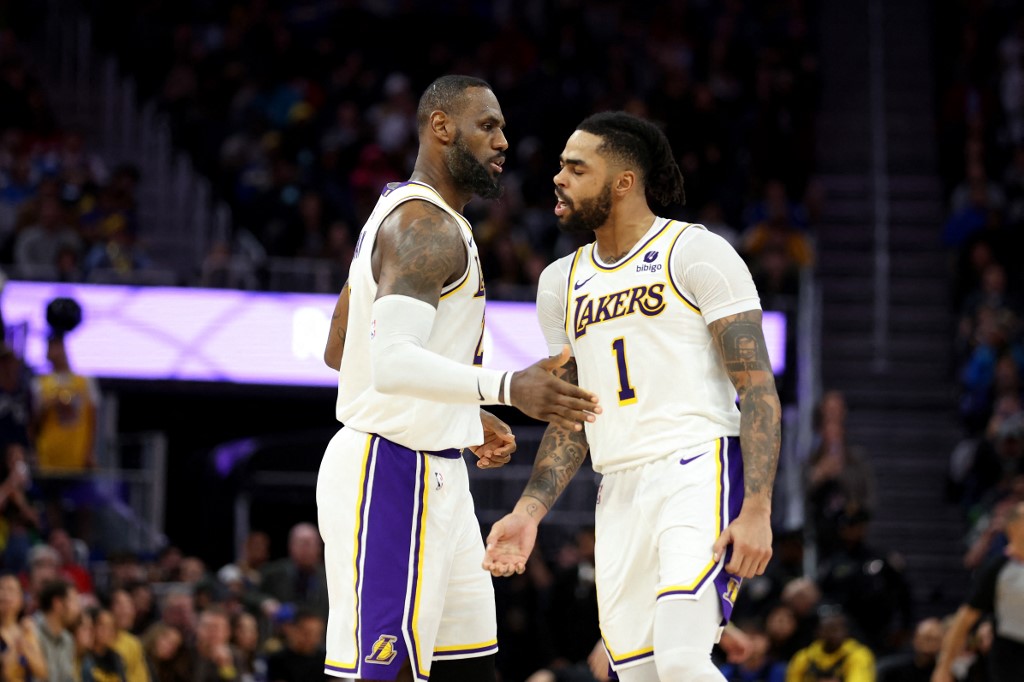
Transfer business: How Premier League clubs sign stars from South America | Football News
Jody
- 0
In 2019 Moises Caicedo was spotted in Ecuador and signed for £4.5m.
Two years later Alexis Mac Allister was plucked out of Argentina for £7.7m.
The pair would go on to play crucial roles in Brighton securing European football for the first time in their history last season – before they were sold on for a combined profit which could reach £165m.
Decent business.
Brighton have made cherry-picking South America’s rising stars look easy. Julio Enciso and Facundo Buonanotte also came directly from the region and look to have huge ceilings on their potential too.
Nineteen-year-old Valentin Barco, signed this month from Boca Juniors for £7.9m, is the latest rough diamond recruited who could be a prize asset in the future.
So what’s the secret to this scouting success story?
Perhaps surprisingly, Brighton don’t have scouts on the ground on the continent. It all starts with video analysis on a massive scale.
“It’s a continual process,” Brighton’s technical director David Weir tells Sky Sports. “We’re constantly monitoring all the leagues, all the players, to try to get an assessment of where the good players are.
“We recruit from all around the world. We have no real restrictions or barriers within that.
Please use Chrome browser for a more accessible video player
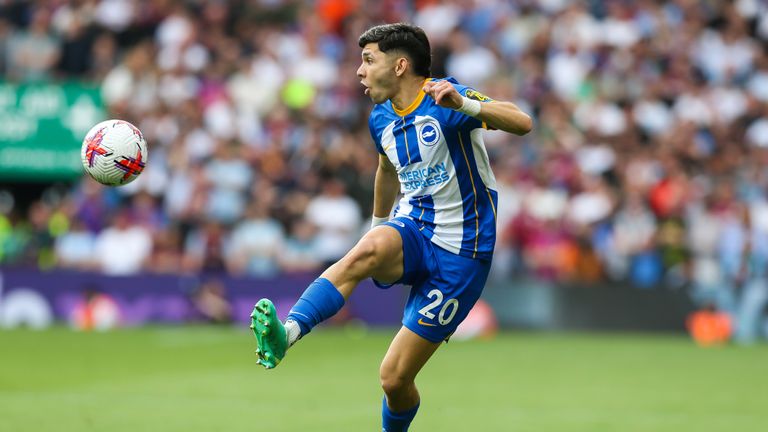
Brighton technical director David Weir explains how South American football can give players good preparation for the Premier League and how the club helps signings adapt to life in England
“If we see something we like or there’s a deal to be done we will get out there and we’ll try to make it happen. It’s not necessarily something that you can do via email. It’s about being able to react quickly, getting out there and presenting your case and being on the front foot.
“We’re very fortunate to have Sam Jewell, our head of recruitment. He’s experienced in terms of working in South America and he’s comfortable jumping on a plane and, once you’ve identified who the right people are, dealing with them in Spanish. Previously, Paul Winstanley [now Chelsea’s director of global talent and transfers] did the same.”
But it’s not just Brighton scouring the South American market for the next big thing.
This content is provided by Datawrapper, which may be using cookies and other technologies.
To show you this content, we need your permission to use cookies.
You can use the buttons below to amend your preferences to enable Datawrapper cookies or to allow those cookies just once.
You can change your settings at any time via the Privacy Options.
Unfortunately we have been unable to verify if you have consented to Datawrapper cookies.
To view this content you can use the button below to allow Datawrapper cookies for this session only.
Allow Cookies Once
Last season saw an all-time high number of players from that continent playing in the Premier League. There were none when the league launched in 1992/93. After England, Brazil now has the second-most representatives in the division.
This content is provided by Datawrapper, which may be using cookies and other technologies.
To show you this content, we need your permission to use cookies.
You can use the buttons below to amend your preferences to enable Datawrapper cookies or to allow those cookies just once.
You can change your settings at any time via the Privacy Options.
Unfortunately we have been unable to verify if you have consented to Datawrapper cookies.
To view this content you can use the button below to allow Datawrapper cookies for this session only.
Allow Cookies Once
While the likes of former Premier League players Roberto Firmino, Gilberto Silva and Sergio Aguero have carved out iconic legacies in England’s top-flight, the game in this country now moves to the beat of its Samba stars or Tango talent like never before.
Weir believes the schooling of these players in South America prepares them well for the rigours of the Premier League.
“Every case is different, but I think typically South American football is tough physically, in terms of contact,” he says. “From that you get tough kids and tough people.
“A lot of them have come from very little in terms of the economic climate and they will be the breadwinners and support a lot of the families.
“From that, you get certain characteristics within the person that are really important and which help your environment as well, because you get hungry people.”
Buying direct: 40 per cent signed directly from South America
Significantly there has also been a shift in how the deals to sign these players are done.
Previously, it was common to see South American players first head to more culturally familiar countries such as Portugal or Spain. If they settled and showed their quality on the European stage, English clubs would then make their move – albeit having to pay an inflated fee.
It was the price of waiting for proof the player could adapt. Chelsea suffered it last winter, when they paid £106.8m for Enzo Fernandez, who had cost Benfica £10m the previous summer.
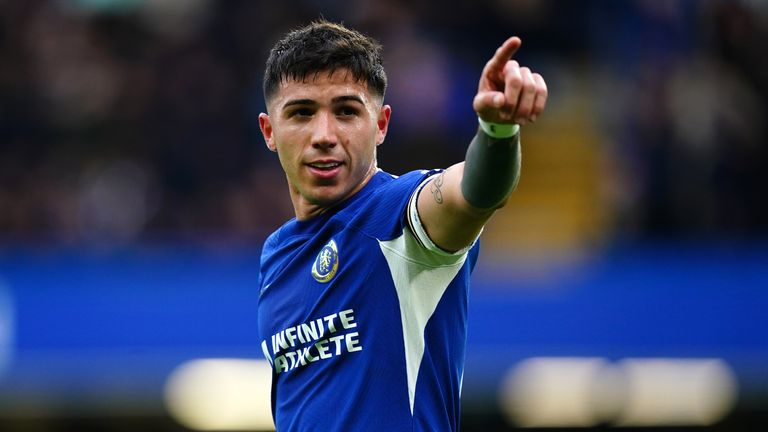
Enzo Fernandez cost Chelsea £106.8m in January 2023. Benfica had signed him for just £10m the summer before
But now 40 per cent of the South American players currently in the Premier League came directly to this country from South America. That has been aided by new work permit rules which came into force at the start of 2021 and made signing from that continent easier.
The direct approach allows English clubs to secure bargain buys, such as Caicedo and Mac Allister. But it also comes with challenges. Those two players both spent significant time out on loan – Mac Allister back in Argentina, Caicedo in Belgium – before they were ready for the Brighton first team.
“You’ve got to allow them time to acclimatise because, coming from South America, it’s a long way away and it’s very different culturally,” says Weir.
“Some people hit the ground running and surprise you but some naturally take a little bit more time. So it’s just about trying to individualise that and support them as well as you can to enable them to be able to adapt on the field as well.
“Valentin will come in with us and develop within our building and on a day-to-day basis, for example.
“We can afford to be relatively patient with those players and use them sparingly to allow them to understand what we are all about and adapt to being away from home.”
Buying potential
The importance of handling that transition period correctly is particularly significant given the fact the recruits from South America are increasingly young, rising stars who have barely been tested in their own domestic leagues, let alone in the European proving grounds.
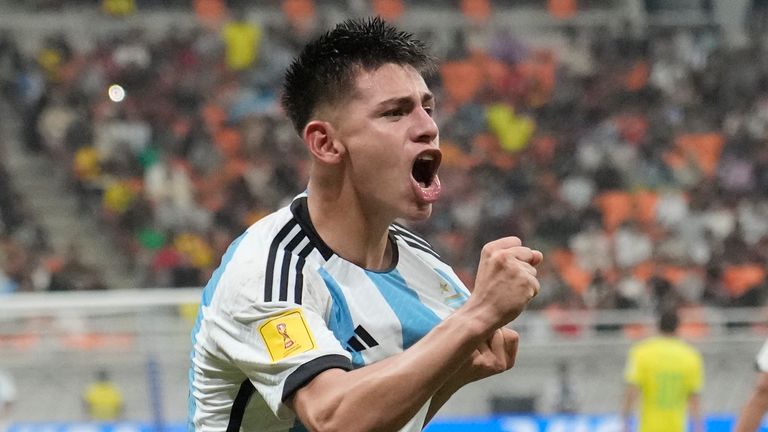
Manchester City have signed Claudio Echeverri form River Plate – even though he has played just five league games
Manchester City, for instance, have just signed Claudio Echeverri, a player with just five first-team appearances for Argentine side River Plate.
“The way that the market works now is that South American football is no longer losing its best players. It’s losing its best promises,” Brazil-based journalist Tim Vickery tells Sky Sports from Rio de Janeiro. “The European clubs are buying not on reality, they’re buying on promise.”
Identifying that talent is one thing. Finding the correct people to speak to for the deal is another. Brighton and Southampton – who signed Carlos Alcaraz last January from Argentine side Racing Club – are among the teams using TransferRoom to find the right contacts. It acts an online meeting room for verified officials at both ends of the deal.
“We use TransferRoom because it’s instant access to people we need to speak to,” says Sam Stanton, the Head of Scouting Operations at Sport Republic, the ownership group in charge of Southampton.
“We want to get deals done on certain players, especially players in South America where getting hold of agents can be a little more difficult because of the language.”
The transfer business – and growing competition for South America’s rising stars
Selling on these bright young things has become a financial model in itself for some South American clubs.
Vickery picks out the small Ecuadorian club Independiente del Valle as an example. It was the club which honed the talents of Caicedo. Their current 16-year-old star Kendry Paez will join Chelsea in the summer of 2025.
“It’s a tiny little club built by investors for the express purpose of developing and selling,” he says. “They’re really doing it systematically and clubs have latched onto the idea that this is their financial future.”
Please use Chrome browser for a more accessible video player
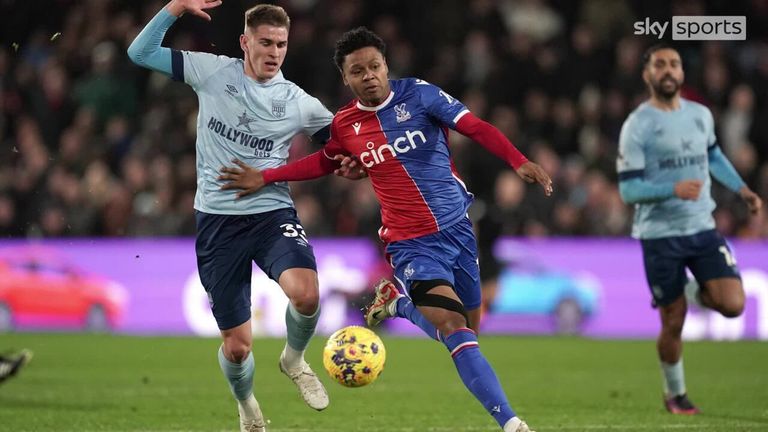
South America football expert Tim Vickery explains how South American clubs have turned transfers of rising stars to the Premier League into a business model
It’s a trend in bigger clubs, too, such as Lucas Paqueta’s former side Flamengo. “They’re giants,” says Vickery. “But their business model is absolutely explicit: they sell the promises in order to finance a deep squad, where they’ll bring back players who have gone to Europe and it hasn’t come off or players at the end of their careers coming back.”
If it feels somewhat sad that South American clubs have to operate in this way, Vickery says there is a recognition of where they are in the food chain – and an appreciation that Brazil itself has become a collector of the best talent from the rest of the continent.
But it’s also true that a move to Europe is a dream for these emerging players. Real Madrid and Barcelona retain their romantic allure but increasingly the Premier League – a division now closely followed in South America – is where the rising stars of Brazil, Argentina and beyond want to end up.
The competition for these hot young talents is now fierce, though.
“If it is a wonder kid, then everyone else knows about him,” says Vickery. “A few years back, when Neymar went to Barcelona and Chelsea thought they had him, Real Madrid were furious about missing out on him.
“So when Real paid all that money [£38m] for Vinicius Jnr [then aged 16], it just seemed like madness. He hadn’t played a senior game. It turned out to be a bargain.”
The rewards, as Brighton have seen, can be enormous. But the battle to sign the next South American star is only going to get harder…
Follow the January transfer window
The winter transfer window is open and will close at 11pm in England and 11.30pm in Scotland on Thursday February 1.
To ensure harmonisation with the major leagues in Europe, the closing dates were set following discussions with the EFL, DFL, Serie A, LaLiga, and LFP, who will all close their summer and winter windows on 1 September and 1 February respectively.
Keep up to date with all the latest transfer news and rumours in our dedicated Transfer Centre blog on Sky Sports’ digital platforms, while you can also catch up with the ins, outs and analysis on Sky Sports News, including daily transfer shows, and listen to our Transfer Talk podcast.

